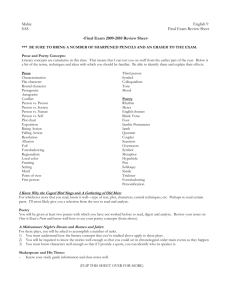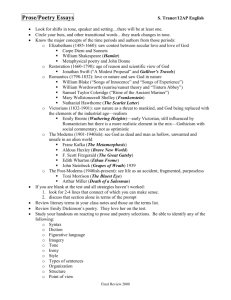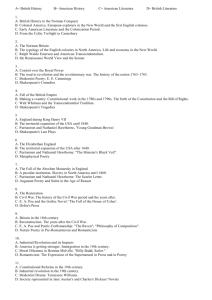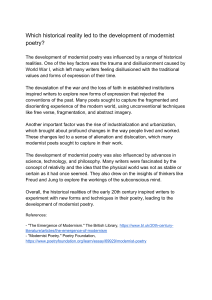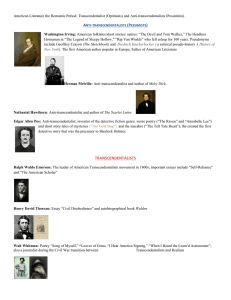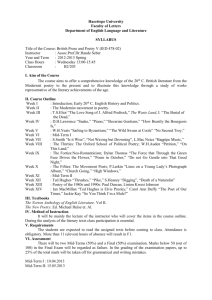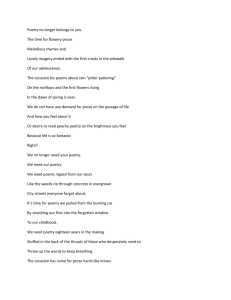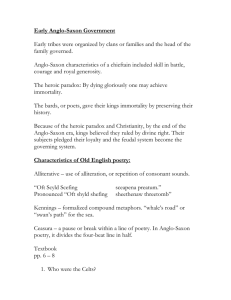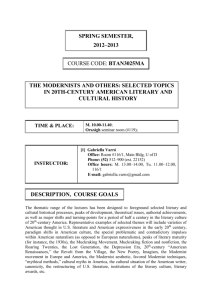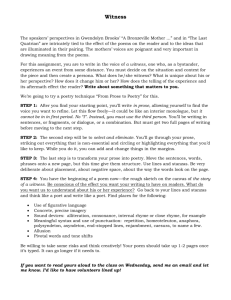Pytania egzaminacyjne w zakresie językoznawstwa
advertisement
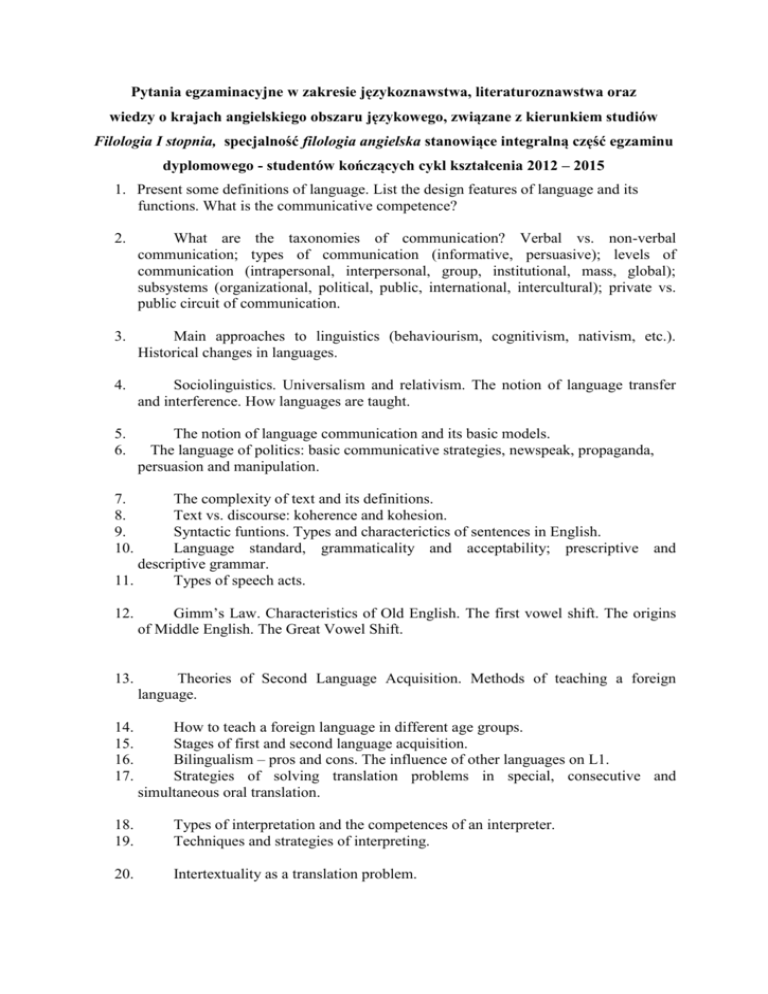
Pytania egzaminacyjne w zakresie językoznawstwa, literaturoznawstwa oraz wiedzy o krajach angielskiego obszaru językowego, związane z kierunkiem studiów Filologia I stopnia, specjalność filologia angielska stanowiące integralną część egzaminu dyplomowego - studentów kończących cykl kształcenia 2012 – 2015 1. Present some definitions of language. List the design features of language and its functions. What is the communicative competence? 2. What are the taxonomies of communication? Verbal vs. non-verbal communication; types of communication (informative, persuasive); levels of communication (intrapersonal, interpersonal, group, institutional, mass, global); subsystems (organizational, political, public, international, intercultural); private vs. public circuit of communication. 3. Main approaches to linguistics (behaviourism, cognitivism, nativism, etc.). Historical changes in languages. 4. Sociolinguistics. Universalism and relativism. The notion of language transfer and interference. How languages are taught. 5. 6. The notion of language communication and its basic models. The language of politics: basic communicative strategies, newspeak, propaganda, persuasion and manipulation. 7. 8. 9. 10. The complexity of text and its definitions. Text vs. discourse: koherence and kohesion. Syntactic funtions. Types and characterictics of sentences in English. Language standard, grammaticality and acceptability; prescriptive and descriptive grammar. 11. Types of speech acts. 12. Gimm’s Law. Characteristics of Old English. The first vowel shift. The origins of Middle English. The Great Vowel Shift. 13. Theories of Second Language Acquisition. Methods of teaching a foreign language. 14. 15. 16. 17. How to teach a foreign language in different age groups. Stages of first and second language acquisition. Bilingualism – pros and cons. The influence of other languages on L1. Strategies of solving translation problems in special, consecutive and simultaneous oral translation. 18. 19. Types of interpretation and the competences of an interpreter. Techniques and strategies of interpreting. 20. Intertextuality as a translation problem. 21. Types of translation in the view of various theoretical conceptions. 22. 23. 24. Identity in the Anglo-Saxon countries; elements of the Anglo-Saxon culture. The British Monarchy; the concept the British Constitution. Reformation and its consequences. The structure and role of the Anglican Church. 25. The taxonomy of literary kinds. 26. British poetry and prose in the 18th and 19th century in view of social and political issues. 27. Methodology of interpreting literary texts and works of art on the basis of their historical context. 28. 29. 30. Theory of literature vs. interpretation. Limits of freedom of interpretation. The modernist poetics and feminist ideology in works of Virginia Woolf. The renaissance literature. The beginnings of sonnet, William Shakespeare’s dramas, Elizabethan theatre. 31. The picture of reality in Victorian and modernist fiction. 32. Criticism of Victorian morality in poetry and fiction. 33. The theme of pagan spirituality in the prose of D. H. Lawrence. 34. The vision of natural order in the poetry of Ted Hughes. 35. Modernist poetics and spiritual evolution in the poetry of T. S. Eliot. 36. Misticism in Walt Whitman’s poetry. 37. Romanticism in American literature. 38. 39. 40. American realism, naturalism and impressionism in prose: characteristic features, writers and their works. Transcendentalism: main writers and works, influences. American transcendentalism according to Ralph Waldo Emerson and Henry David Thoreau; the definition of human identity, nature as a material manifestation of spiritual governance.

